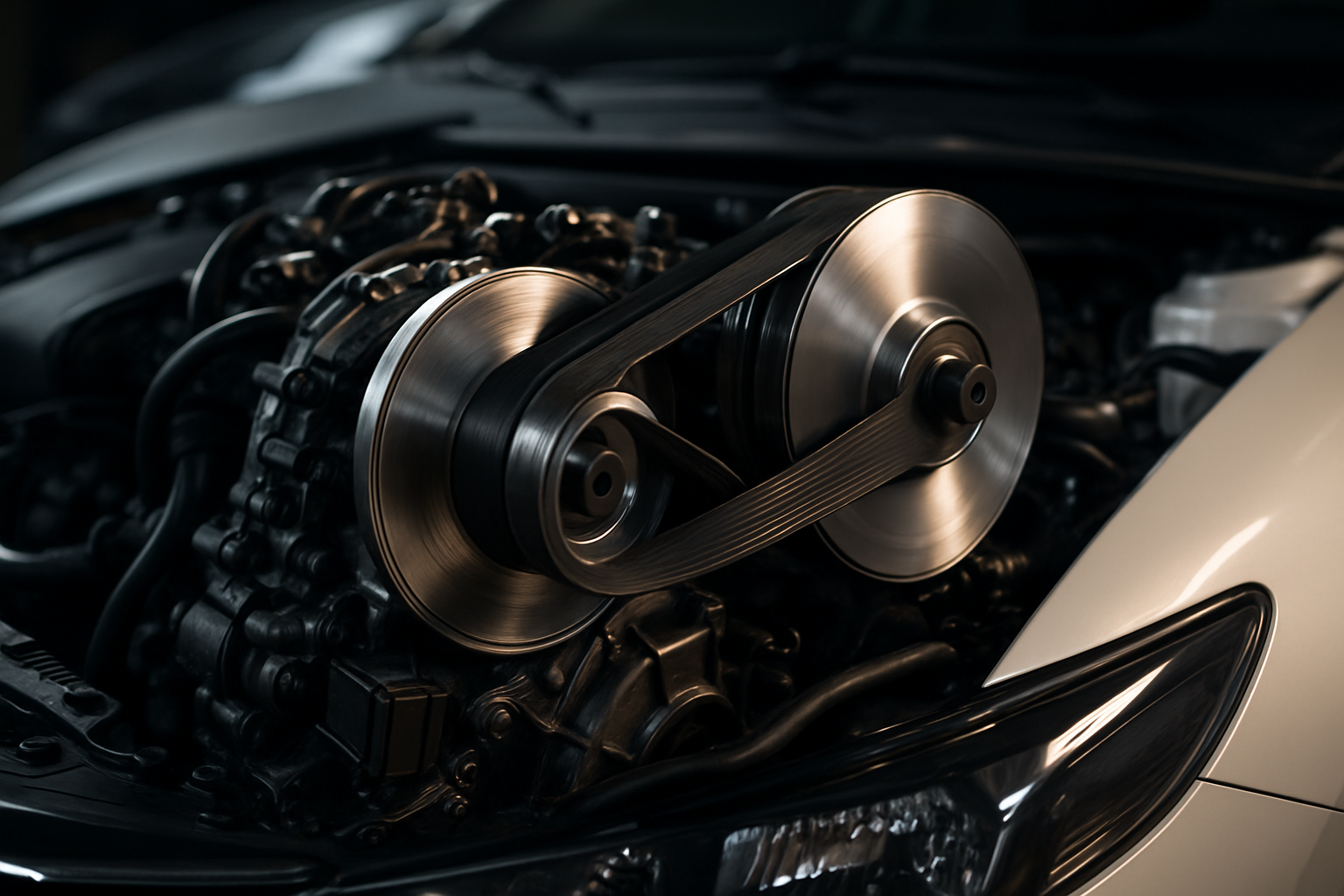Camshaft Profiling: The Art of Engine Breathing
The rhythmic hum of a finely-tuned engine is music to any car enthusiast's ears. But behind that symphony lies a complex dance of mechanical components, each playing a crucial role in the engine's performance. At the heart of this intricate ballet is the camshaft, a seemingly simple piece of metal that wields tremendous influence over an engine's personality. Today, we delve into the fascinating world of camshaft profiling, exploring how this often-overlooked art form shapes the very essence of automotive power and efficiency.

Understanding Camshaft Profiles
Camshaft profiles are the carefully designed contours of the lobes that dictate valve behavior. These profiles are a delicate balance of various parameters, including lobe lift, duration, and timing. The lift determines how far the valve opens, duration dictates how long it stays open, and timing decides when in the engine cycle these events occur. Each of these factors interplays to create a unique engine character, from smooth-idling daily drivers to high-revving racing engines.
The Evolution of Camshaft Design
In the early days of internal combustion engines, camshaft designs were limited by manufacturing capabilities and material constraints. Profiles were relatively simple, often resulting in compromised performance across the engine’s operating range. As technology advanced, so did the ability to create more complex and effective camshaft profiles. The introduction of computer-aided design and precision machining techniques in the latter half of the 20th century revolutionized camshaft profiling, allowing engineers to optimize valve events with unprecedented accuracy.
Balancing Act: Performance vs. Efficiency
One of the most challenging aspects of camshaft profiling is striking the right balance between performance and efficiency. High-performance cams that allow for greater airflow at high RPMs often sacrifice low-end torque and fuel efficiency. Conversely, profiles designed for economy can limit an engine’s ability to breathe at higher speeds. Modern camshaft designers employ various techniques to mitigate these trade-offs, including variable valve timing systems that can alter cam profiles on the fly, adapting to different driving conditions.
The Impact of Camshaft Profiles on Engine Characteristics
The choice of camshaft profile has far-reaching effects on an engine’s personality. A mild cam profile with shorter duration and lower lift will typically result in a smooth-idling engine with good low-end torque, ideal for everyday driving. On the other hand, a more aggressive profile with higher lift and longer duration can unlock high-RPM power, perfect for performance applications. Understanding these relationships allows engineers to tailor engines to specific purposes, from fuel-sipping economy cars to tire-shredding sports cars.
Advanced Profiling Techniques
As engine technology continues to evolve, so do camshaft profiling techniques. One area of innovation is in the realm of asymmetric lobe profiles. These designs feature different opening and closing ramps, allowing for more precise control over valve events. Another cutting-edge approach is the use of multi-lobe camshafts, where additional lobes can be engaged or disengaged to dramatically alter engine characteristics on demand.
The Role of Materials in Camshaft Performance
The materials used in camshaft construction play a crucial role in their performance and longevity. Traditional cast iron camshafts have given way to harder, more wear-resistant materials like billet steel and even exotic alloys in high-performance applications. These advanced materials allow for more aggressive lobe profiles and higher valve spring pressures, pushing the boundaries of what’s possible in engine design.
Camshaft Profiling in the Digital Age
The advent of powerful simulation software has transformed the camshaft design process. Engineers can now model and test countless profile variations virtually, optimizing designs before a single piece of metal is cut. This digital approach not only speeds up development but also allows for more daring and innovative profiles to be explored without the cost and time constraints of physical prototyping.
The Future of Camshaft Technology
As we look to the future, camshaft technology continues to evolve. Research into electromagnetic valve actuation promises to eliminate the traditional camshaft entirely, offering unprecedented control over valve events. However, until such technologies become mainstream, the art of camshaft profiling remains a critical skill in engine development, constantly pushing the boundaries of performance and efficiency.
In conclusion, camshaft profiling is a testament to the intricate engineering that goes into modern engines. It’s a field where fractions of a millimeter can make the difference between a good engine and a great one. As automotive technology advances, the humble camshaft continues to play a pivotal role in shaping the driving experience, proving that sometimes, the most impactful innovations lie in the smallest details.





